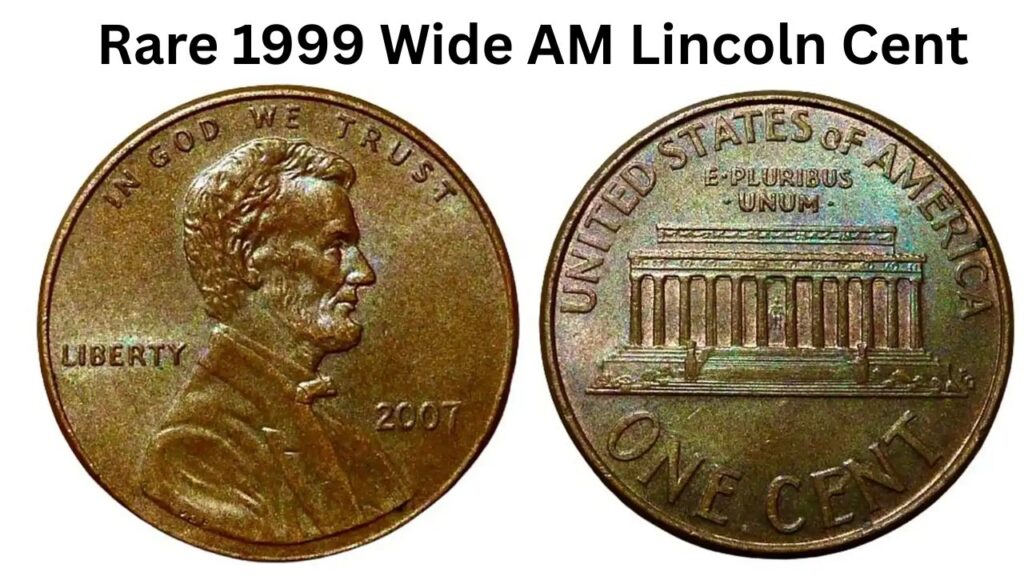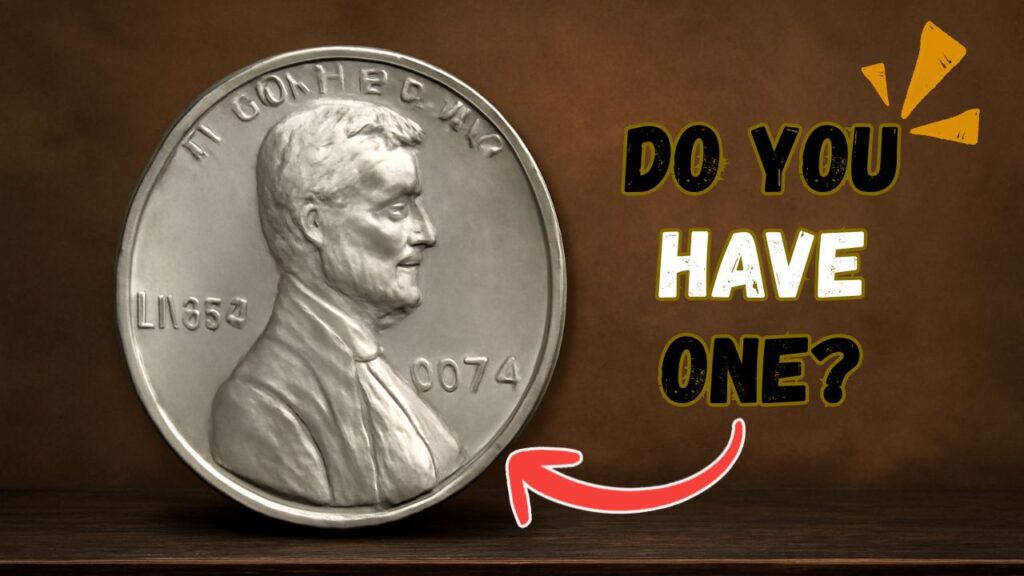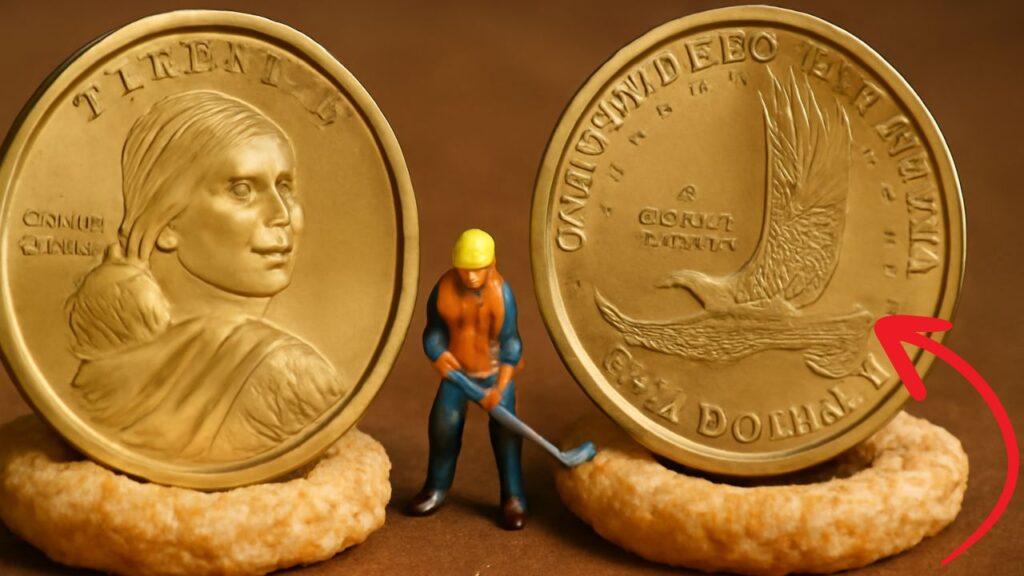The 1999 Wide AM Lincoln Cent is a notable rarity in the world of coin collecting. While most 1999 pennies are standard business strikes, a small number were mistakenly struck with proof dies, resulting in a distinctive design feature: a wider spacing between the letters “A” and “M” in “AMERICA” on the reverse side.
This subtle difference has made the coin highly sought after by collectors, with values ranging from a modest $150 to over $4,000, depending on its condition.
Understanding the Wide AM Error
Proof vs. Business Strike Dies
- Proof Dies: Intended for proof coins, these dies have a different design and are used to create coins for collectors.
- Business Strike Dies: Used for regular circulation coins, these dies have a standard design meant for mass production.
The 1999 Wide AM Lincoln Cent was struck using a proof die intended for proof coins, leading to the wider spacing between the “A” and “M” in “AMERICA.” This error occurred at the Philadelphia Mint, where proof dies were mistakenly used for some business strike coins.
Identifying the Wide AM Variety
To identify a 1999 Wide AM Lincoln Cent, examine the reverse side of the coin:
- Wide AM: The letters “A” and “M” in “AMERICA” are noticeably separated.
- Close AM: The letters “A” and “M” are nearly touching.
The Wide AM variety is significantly rarer than the Close AM variety, making it more valuable to collectors.
Mintage and Rarity
Approximately 5.2 billion Lincoln cents were minted in 1999 at the Philadelphia Mint. However, only a small fraction of these coins exhibit the Wide AM error. The exact number of surviving Wide AM pennies is unknown, but they are considered scarce, especially in higher grades.
Value and Market Demand
The value of a 1999 Wide AM Lincoln Cent varies based on its condition and grade. Here’s an estimated value range:
| Grade | Estimated Value |
|---|---|
| Circulated | $150 – $300 |
| MS60–MS64 | $400 – $1,000 |
| MS65–MS66 | $1,500 – $4,500 |
| MS67+ | $5,000+ |
Coins graded MS67 or higher have sold for over $4,000 at auction, highlighting the premium placed on high-quality specimens.
Factors Influencing Value
Several factors contribute to the value of a 1999 Wide AM Lincoln Cent:
- Condition and Grade: Higher-grade coins are more valuable.
- Provenance: Coins with a documented history of ownership can command higher prices.
- Market Demand: The numismatic market’s interest in error coins can fluctuate, affecting value.
How to Spot a 1999 Wide AM Lincoln Cent
To identify a 1999 Wide AM Lincoln Cent:
- Examine the Reverse: Look at the word “AMERICA” on the reverse side.
- Check the Spacing: Determine if there is a noticeable gap between the “A” and “M” (Wide AM) or if they are nearly touching (Close AM).
- Use Magnification: A magnifying glass or loupe can help in distinguishing the spacing.
Preservation and Authentication
Given its value, proper preservation and authentication are crucial:
- Storage: Keep the coin in a protective holder to prevent damage.
- Authentication: Have the coin authenticated by reputable services like the Professional Coin Grading Service (PCGS) or Numismatic Guaranty Corporation (NGC) to verify its authenticity and grade.
The 1999 Wide AM Lincoln Cent is a rare and valuable coin due to its unique minting error. Collectors and investors interested in error coins should consider adding this piece to their collections. Its scarcity and distinctive features make it a noteworthy example of numismatic history.
Frequently Asked Questions
1. How can I tell if my 1999 penny is a Wide AM?
Examine the reverse side of the coin. If there is a noticeable gap between the “A” and “M” in “AMERICA,” it is a Wide AM. If the letters are nearly touching, it is a Close AM.
2. What is the value of a 1999 Wide AM Lincoln Cent?
The value ranges from $150 in circulated condition to over $4,000 for coins graded MS67 or higher.
3. Where can I sell my 1999 Wide AM Lincoln Cent?
You can sell your coin through reputable auction houses, coin dealers, or online marketplaces specializing in numismatic items.



